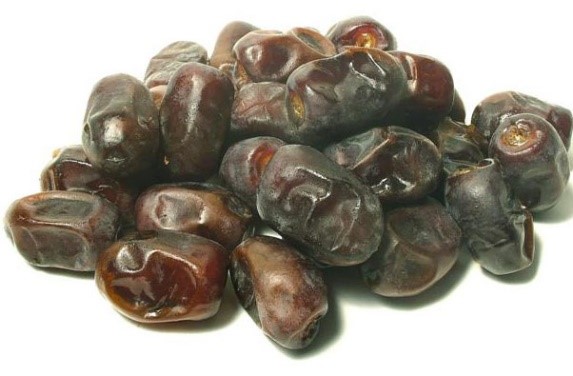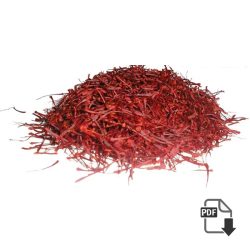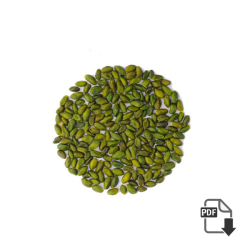Apricot Fruit
A drupe, about 1.5″-2.5″ wide, with a prominent suture, yellow to orange ± red blush, having light pubescent or a nearly glabrous surface. Apricot Fruit
Iran Apricot Manufacturer and supplier
The pit is generally smooth, enclosing a single seed. The fresh color is mostly orange, but a few white-fleshed cultivars exist.
Trees are fairly precocious, and begin fruiting in their second year, but substantial bearing does not begin until 3-5 years. Fruit is borne mostly on short spurs on mature, less vigorous trees, but can also occur on long lateral shoots of vigorous trees. Apricot Fruit
Fruit requires 3-6 months for development, depending on the cultivar, but the main harvest season is May 1 – July 15 in California. Apricots are thinned by hand, leaving 1 fruit per 3-5″ of shoot length.
Please for more information or any inquiry click here ……
GENERAL CULTURE
Soils and Climate
Deep, fertile, well-drained soils
Mild, Mediterranean climates
Frost sensitive
Propagation
T- or chip-budded onto rootstocks
Rootstocks
Apricot seedlings are most common worldwide; ‘Blenheim’ in California, ‘Camino’ in France, ‘Hungarian Best’ in Hungary. Peach seedling rootstocks ‘GF 305,’ ‘Lovell,’ and ‘Rearguard’ are used as well.
Maturity
Apricots for fresh consumption are picked firm-mature; firmness is a reliable indicator, as for plums. Days from full bloom is a fairly reliable index given the relatively invariable growing conditions in Iran.
Harvest Method
Apricots for fresh consumption or processing are picked by hand and carefully handled. Trees are usually picked over 2-3 times each when fruit are firm. Trunk shaking can be used for processed fruit, although apricots are said to be more susceptible to trunk damage than other stone fruits. Apricot Fruit
Post-harvest Handling
Fresh apricots are shipped in shallow containers to prevent crushing/bruising. Dried apricots are harvested later than those for shipping, and exposed to SO2 to avoid post-harvest diseases. The drying ratio is 5.5:1 (lbs fresh fruit: lb dry fruit). Drying is either natural, in the sun or in large dehydrators as with prunes. Canned apricots are immersed in syrup, at a ratio of 0.7 lbs fresh = 1 lb canned.
Storage
Apricots have an extremely short shelf-life of only 1-2 weeks at 0° C and 90% relative humidity. They are susceptible to all post-harvest diseases to which other stone fruits are susceptible.
Please for more information or any inquiry click here ……
other products
-
Whole dried apricot Special wholesale price + analysis + sale offer
This variety is very sweet with an orange color. Sulfur is added to whole dried apricots in order to maintain the natural color, prevent bug infestation, and increase preservation.
-
Dried lime Powder
Dried Lime: Producer area: Fars, Hormozgan How to store: Fresh dried lime is in mustard color and sour taste. Dried lime in big size and darker color is the one with high quality. It can be stored in dry place…
-
Dried Prune
Since time immemorial, dried plume has been reputed for its anti-conception properties. However its benefits have gone beyond this. Wishing to lose some weight, we highly recommend you to put dried plume to your diet, either in your food or…
-
Sargol Saffron | most economical saffron for import
Sargol Saffron | most economical saffron for import : sargol saffron consists only of Dark Red Stigma (thread) Tips. So. in other words all the white and orange parts are removed. This saffron is the second most expensive type of…

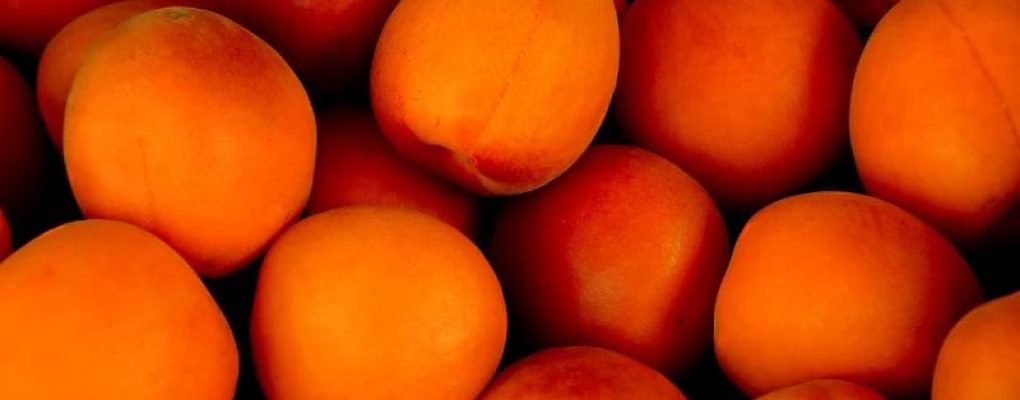
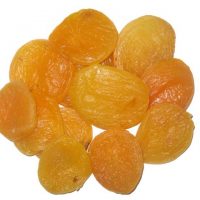
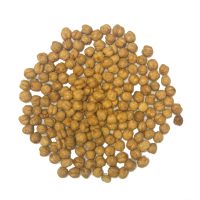
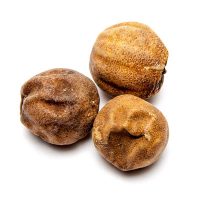
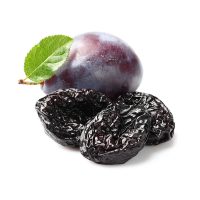
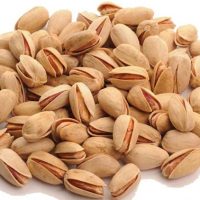
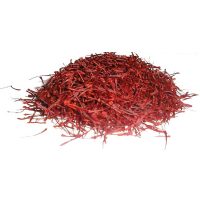
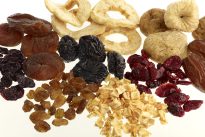
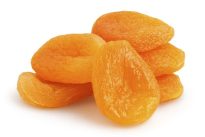
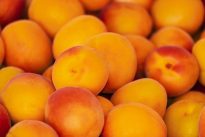
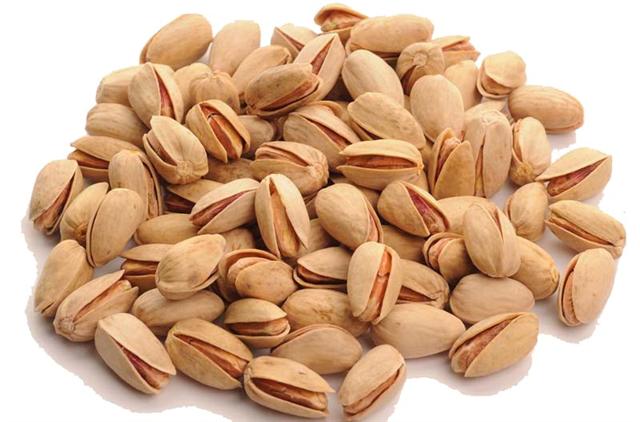
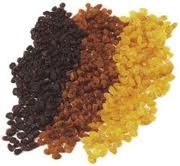 3 kind raisin
3 kind raisin 